by David A. Conrad
Writers of ethnically-themed novels are often pegged as simply recording their family stories. However, by the time National Book Award finalist Julie Otsuka set out to capture her mother’s stories of “camp,” dementia had already stolen her once-clear memories. For the novel that became When the Emperor was Divine, Otsuka had to research the events that took her, as a 10-year-old along with 120,000 other Japanese Americans, from their homes on the west coast designated them as “enemy aliens,” and confined them to internment camps in inland desert areas during World War II. Her research produced the moving and telling details that reveal the profound loss of fought-for home and identity, the crushing helplessness, and resulting mental incapacity, that beset Japanese Americans with the onset of the war. Her novel conveys how they were literally stripped of all but what they could carry, and forced them to wait for the end of the war imprisoned in temporary barracks behind barbed wire removed from the stabilizing routines of work, school, home, community, and greater acceptance. Inspired by Hemingway, Otsuka uses luminous prose to convey the unmooring of one Japanese American family though everyday objects: the family dog that had to be killed because it could not be brought or adopted, a jump rope cut into pieces, stones thrown through train windows, silverware buried in the garden. A painter by training, Otsuka states that When the Emperor was Divine first came to her in images, which she then set down in words (Texas Book Festival, Oct. 27, 2012).
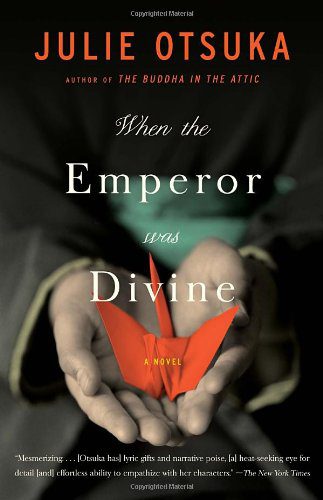 In contrast, Otsuka’s second novel, The Buddha in the Attic, for which she won the PEN/Faulkner Award, flowed as a multitude of “chanting” voices. Based upon two years of research into the lives of Japanese picture brides—young Japanese women of Otsuka’s grandmother’s generation, who followed arranged marriages and came to America between 1908 and 1924 only to find that neither their husbands nor their circumstances matched their advertised claims. Otsuka uses a “we” voice with no single protagonist to evoke the range of struggles and adaptions women made when they entered hard, working-class lives alongside their husbands on farms, in stores and restaurants, boarding houses, mining and lumbering towns, raising children and keeping house, sometimes in tents or newly built shacks without electricity or running water. There are few documents recorded in these women’s own voices and Otsuka recreates their world through their eyes. It is not a glorious story of immigrant integration and success, but a richly layered and compelling account of struggle and survival that honors the picture brides’ humanity while underscoring that their ranks did not produce any recognized heroes or literary tropes.
In contrast, Otsuka’s second novel, The Buddha in the Attic, for which she won the PEN/Faulkner Award, flowed as a multitude of “chanting” voices. Based upon two years of research into the lives of Japanese picture brides—young Japanese women of Otsuka’s grandmother’s generation, who followed arranged marriages and came to America between 1908 and 1924 only to find that neither their husbands nor their circumstances matched their advertised claims. Otsuka uses a “we” voice with no single protagonist to evoke the range of struggles and adaptions women made when they entered hard, working-class lives alongside their husbands on farms, in stores and restaurants, boarding houses, mining and lumbering towns, raising children and keeping house, sometimes in tents or newly built shacks without electricity or running water. There are few documents recorded in these women’s own voices and Otsuka recreates their world through their eyes. It is not a glorious story of immigrant integration and success, but a richly layered and compelling account of struggle and survival that honors the picture brides’ humanity while underscoring that their ranks did not produce any recognized heroes or literary tropes.

Japanese-Americans boarding a train in Los Angeles bound for an internment camp, April 1942 (Image courtesy of Library of Congress)
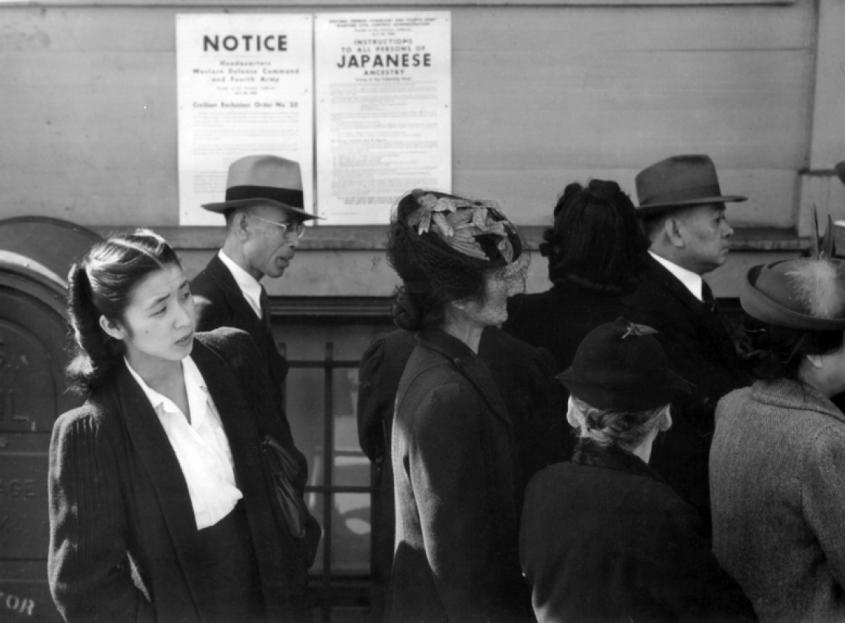
Japanese-Americans standing by posters with internment orders (Image courtesy of the United States Department of the Interior)
These two slight novels are well worth the couple of hours that they take to consume. Otsuka uses elegant and compact prose to transport readers to a transient time and set of circumstances that are, thankfully, long over, although the psychic remnants continue to resonate.
You can purchase When the Emperor Was Divine on Amazon here.
You may also like:
David A. Conrad’s reviews of Embracing Defeat: Japan in the Wake of World War II and Shinohata: A Portrait of a Japanese Village

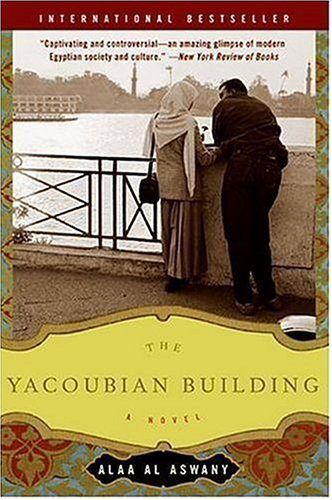 wealthy and corrupt businessman; and a lonely newspaper editor looking for lasting love, are each connected to the building, either because they rent office space there, or have an apartment there, or visit someone who lives there. A scathing indictment of governmental corruption and a critique of the class-based limitations of contemporary Egyptian society, Yacoubian Building is nevertheless a piquant and entertaining read.
wealthy and corrupt businessman; and a lonely newspaper editor looking for lasting love, are each connected to the building, either because they rent office space there, or have an apartment there, or visit someone who lives there. A scathing indictment of governmental corruption and a critique of the class-based limitations of contemporary Egyptian society, Yacoubian Building is nevertheless a piquant and entertaining read.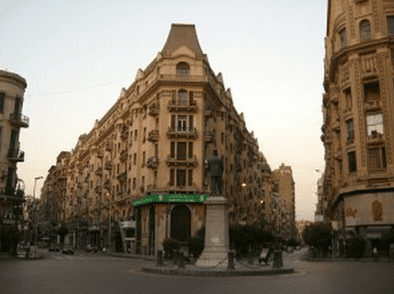
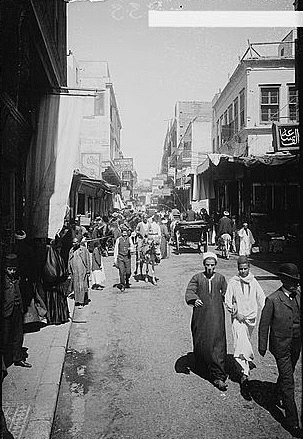

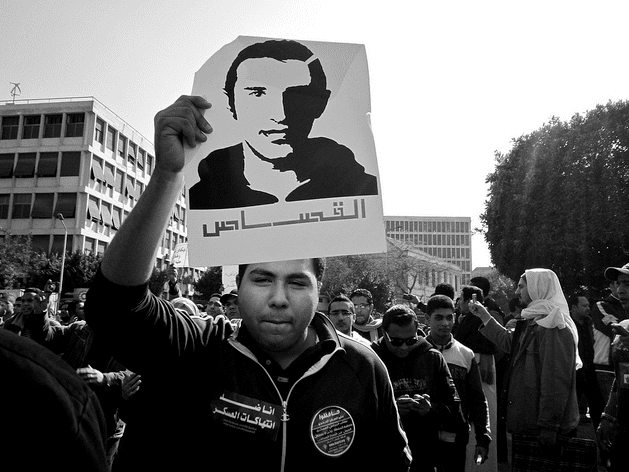
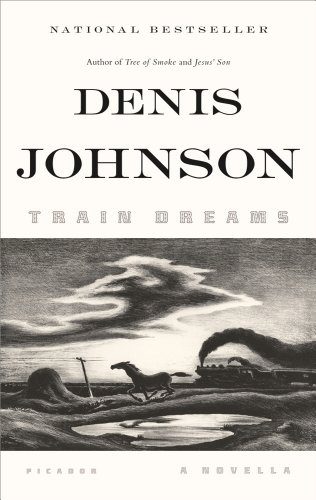
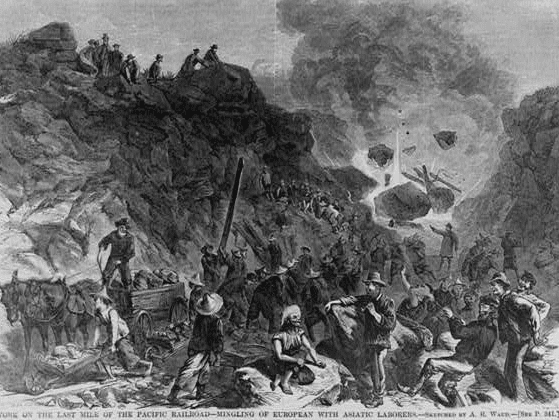
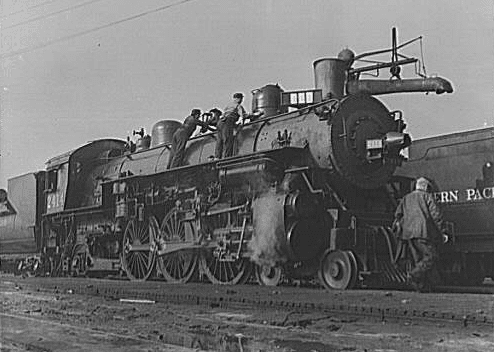
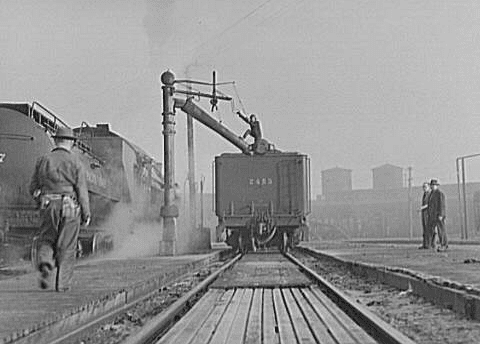

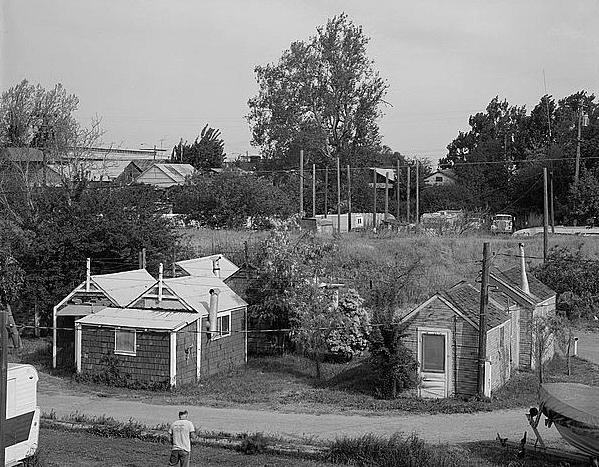
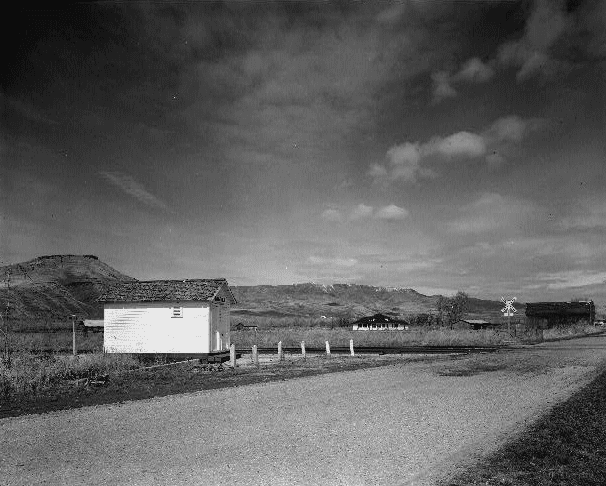
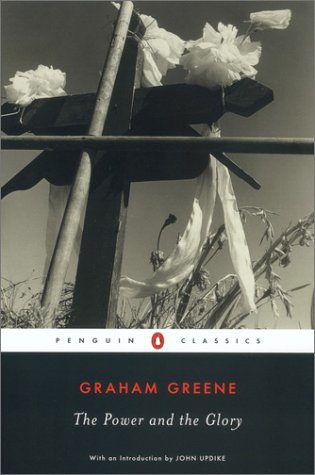 The Catholic Church at that time was under attack for its considerable wealth and social control. The unnamed priest at the center of the novel is a complicated man, by no means a conventional hero, but his refusal to abandon the priesthood eventually endows him with a magnetic aura of spirituality, despite his many vices.
The Catholic Church at that time was under attack for its considerable wealth and social control. The unnamed priest at the center of the novel is a complicated man, by no means a conventional hero, but his refusal to abandon the priesthood eventually endows him with a magnetic aura of spirituality, despite his many vices.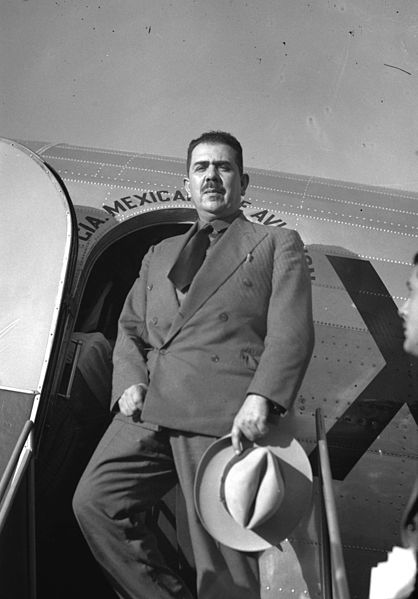
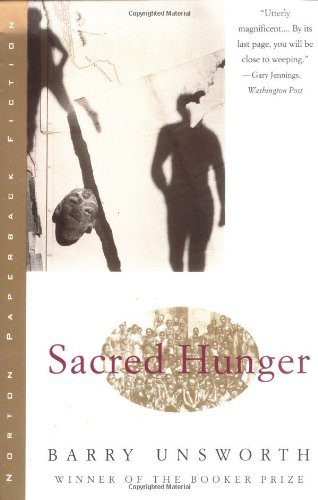 The novel begins in 1752, in Liverpool, England. The Royal African Company, a chartered corporation created in the mid-17th-century with a monopoly on trade with the African coast, has just lost the last of its privileges, making the slave trade, for the first time, a “free trade” (all irony intended). Inspired by the promise of lucrative profits, a Liverpool merchant, William Kemp, commissions the construction of a ship to engage in the newly opened trade. Before the ship sets sail, Kemp engages his nephew, Matthew Paris, a disgraced apothecary, to serve as the ship’s surgeon.
The novel begins in 1752, in Liverpool, England. The Royal African Company, a chartered corporation created in the mid-17th-century with a monopoly on trade with the African coast, has just lost the last of its privileges, making the slave trade, for the first time, a “free trade” (all irony intended). Inspired by the promise of lucrative profits, a Liverpool merchant, William Kemp, commissions the construction of a ship to engage in the newly opened trade. Before the ship sets sail, Kemp engages his nephew, Matthew Paris, a disgraced apothecary, to serve as the ship’s surgeon.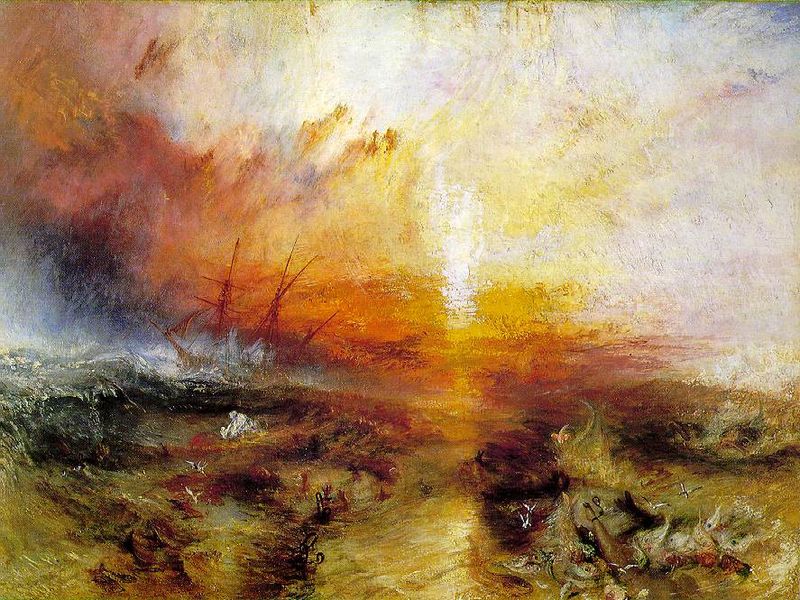
 Much like its eponymous waterway, V.S. Naipaul’s A Bend in the River meanders steadily through the dark reality of postcolonial Africa, alternately depicting minimalist beauty and frightening tension. Like Joseph Conrad’s Heart of Darkness, subtle prose reveals the timelessness of the continent’s remote corners alongside human corruptibility. Yet, Naipaul moves his narrative closer in time to contemporary Africa, demonstrating that the horrifying legacies of colonialism did not end with Europe’s retreat. In A Bend in the River, the struggle to establish national identities in the wake of Western imperialism takes center stage, with “black men assuming the lies of white men” in order to govern.
Much like its eponymous waterway, V.S. Naipaul’s A Bend in the River meanders steadily through the dark reality of postcolonial Africa, alternately depicting minimalist beauty and frightening tension. Like Joseph Conrad’s Heart of Darkness, subtle prose reveals the timelessness of the continent’s remote corners alongside human corruptibility. Yet, Naipaul moves his narrative closer in time to contemporary Africa, demonstrating that the horrifying legacies of colonialism did not end with Europe’s retreat. In A Bend in the River, the struggle to establish national identities in the wake of Western imperialism takes center stage, with “black men assuming the lies of white men” in order to govern.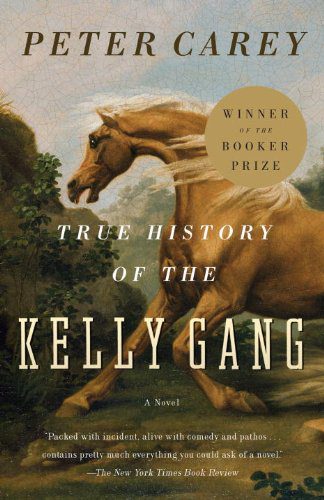
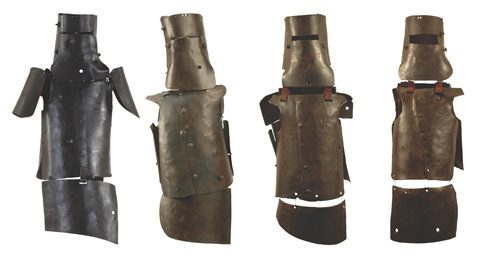
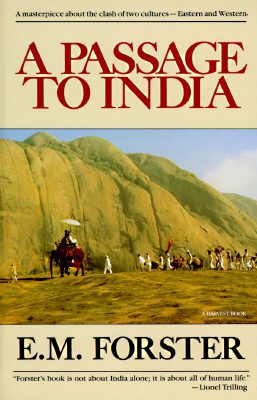

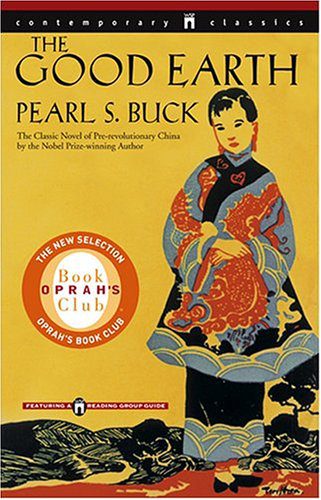
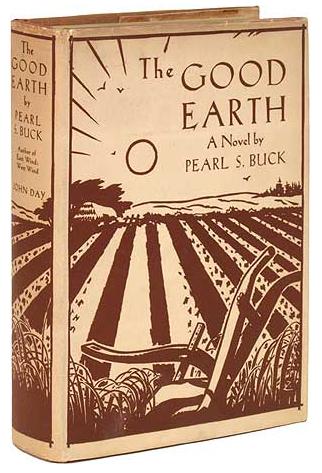
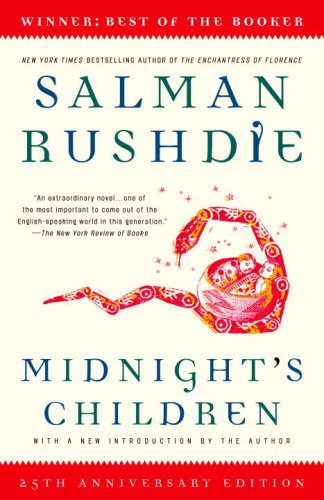 Two children enter the world simultaneously, one Muslim, one Hindu, and their destinies will be determined by the timing of their birth. Through their eyes, and especially through the eyes of Saleem Sinai, the reader travels around the subcontinent, meeting the other children of partition and viewing every major national event until Saleem Sinai quite literally disintegrates. Saleem is the reader’s guide through the world of independent India and Pakistan; its problems become his problems in fantastic and unpredictable ways. Through this journey, Saleem must face his past and his future, and it is not always clear how they will come together.
Two children enter the world simultaneously, one Muslim, one Hindu, and their destinies will be determined by the timing of their birth. Through their eyes, and especially through the eyes of Saleem Sinai, the reader travels around the subcontinent, meeting the other children of partition and viewing every major national event until Saleem Sinai quite literally disintegrates. Saleem is the reader’s guide through the world of independent India and Pakistan; its problems become his problems in fantastic and unpredictable ways. Through this journey, Saleem must face his past and his future, and it is not always clear how they will come together.